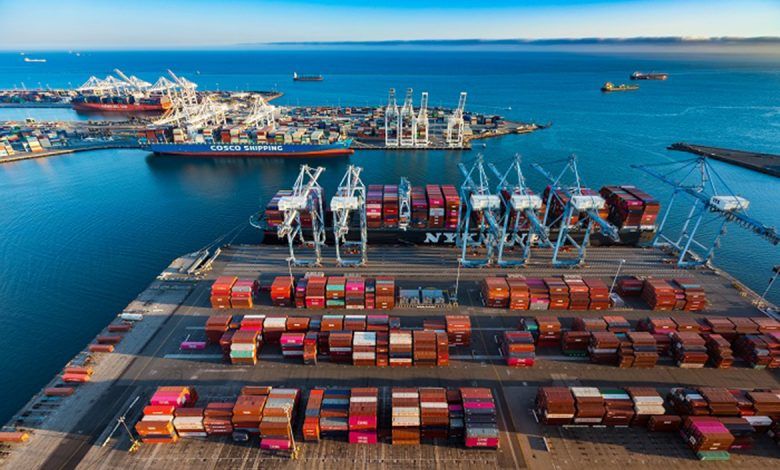U.S. trade deficit vs. GDP: CBO outlook

The Congressional Budget Office (CBO) forecasts that the U.S. trade deficit will decline from 4.3% of GDP in early 2022 to 2.8% of GDP in early 2026.
That indicator was 2.8% of GDP in 2019.
The lower projected budget deficit is explained by export growth, driven by higher trade in services.
After remaining virtually flat during 2021, the U.S. trade deficit will widen in 2022 before narrowing between 2023 and 2026, according to CBO forecasts.
In 2022, the larger projected trade deficit is due to strong import growth. That widening trade deficit will reverse, according to CBO’s projections, starting in early 2023, as exports will increase 6.0% (at an annualized rate), but imports will increase only 1.6% during that year.
CBO expects export growth to outpace import growth because economic conditions in major U.S. trading partners are expected to be stronger than those in the United States, and because the agency expects the recovery in services trade (a sector in which the United States has a trade surplus) to continue.
Trade deficit
Also, the CBO projects that the supply chain problems that impeded U.S. trade flows in 2021 peaked at the end of that year and will continue to decline in 2022.
In 2021, strong global demand for goods strained international supply chains, leading to delivery delays and shortages of some imported products and hampered the assembly and delivery of some U.S. exports.
These disruptions included shortages of semiconductors (key components in automobiles and consumer electronics) and shipping containers, bottlenecks at major U.S. ports, and labor shortages in the transportation sector.
In addition, these developments led to higher prices for imports and exports; the price indexes for imported goods and exported goods increased 11% and 17%, respectively, in 2021.
The CBO expects these pressures on global supply chains to ease next year, as consumer demand continues to shift toward services and away from goods, and as labor shortages in the U.S. transportation sector begin to ease.
![]()

